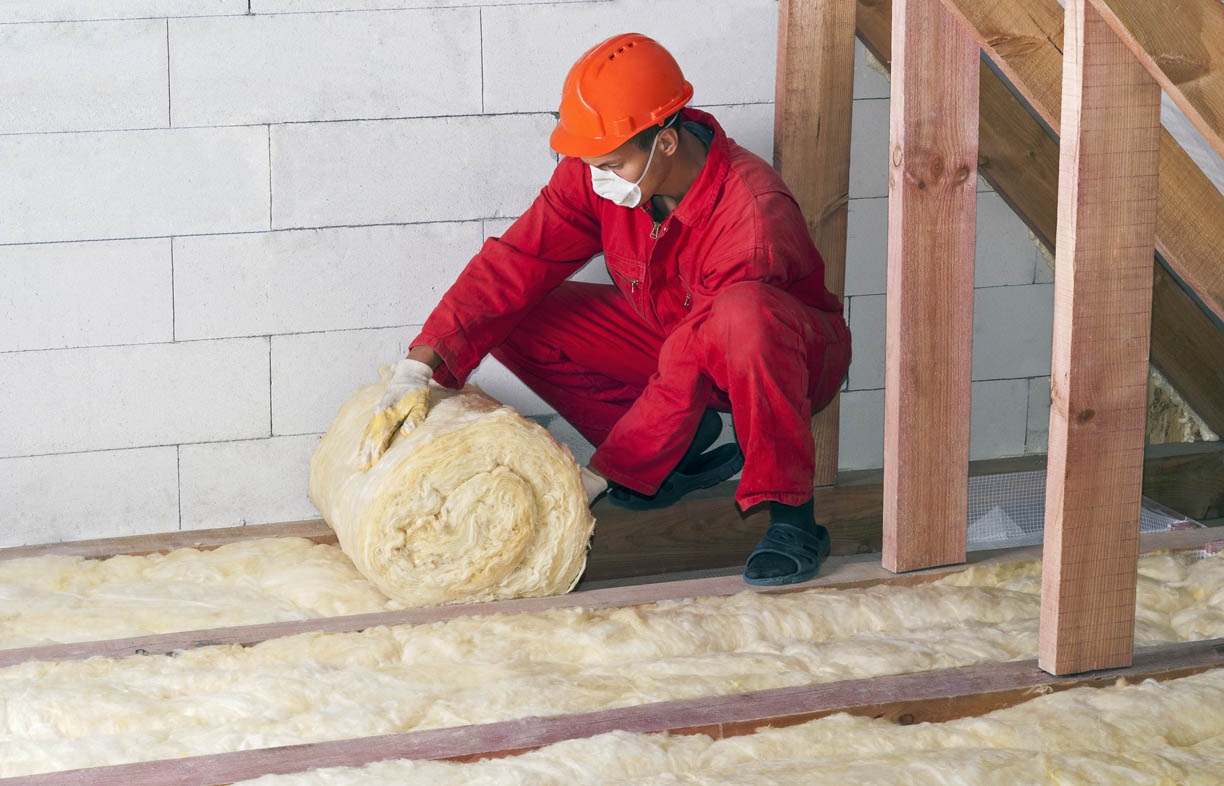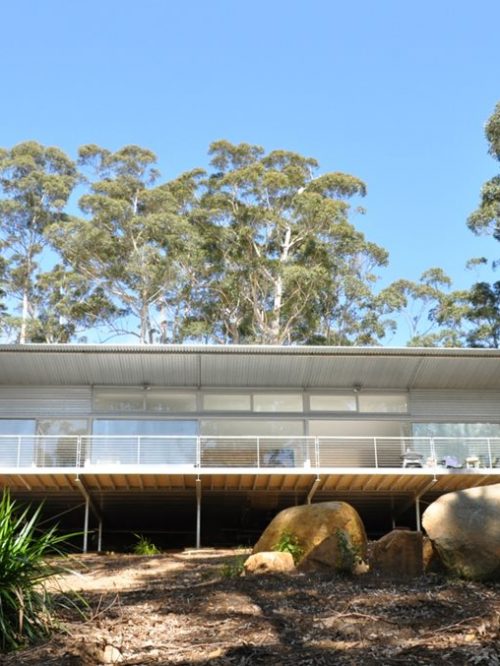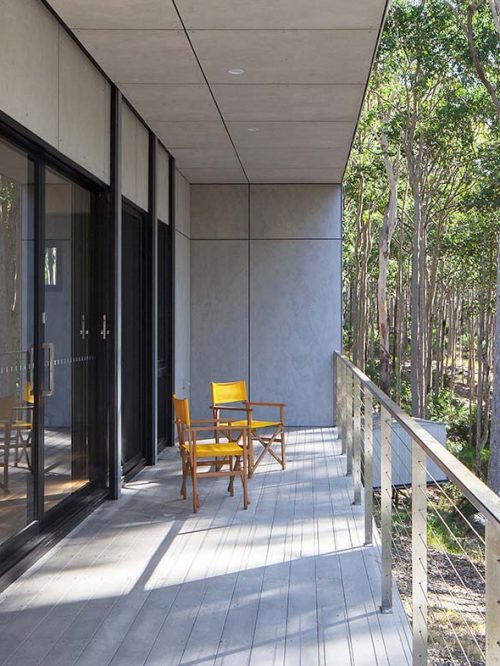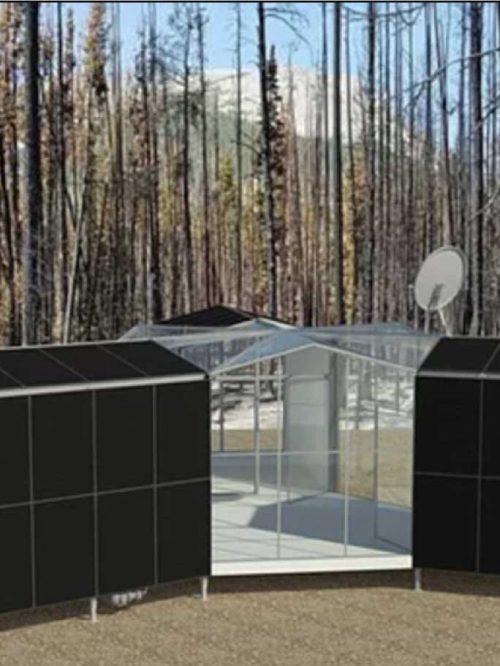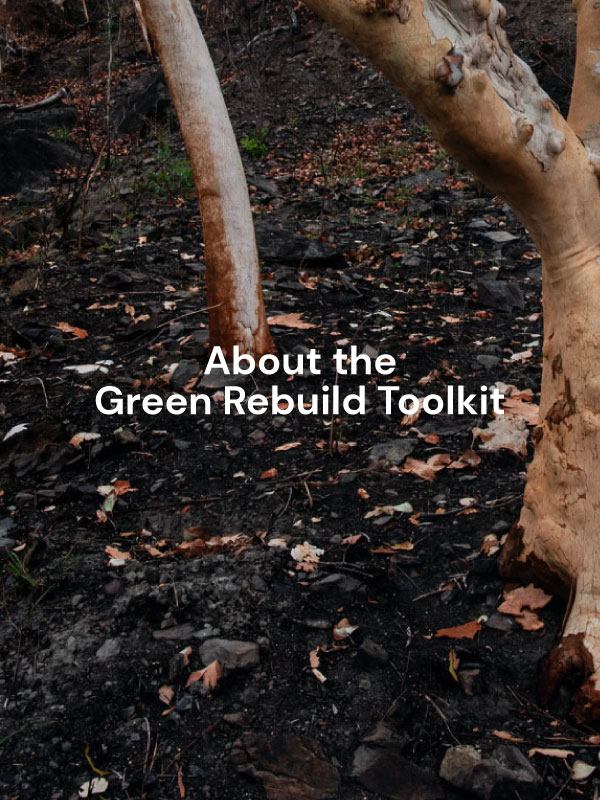Insulating your home will help you save money on energy bills, and it’s also an important part of your future home’s bushfire defence. Using insulation to minimise gaps in the roof and walls can help reduce the risk of embers starting a fire within the home.
Sarking (a reflective non-combustible sheeting used in conjunction with insulation) is required to stop embers under tiles and metal sheet roofs, and is an effective treatment to prevent embers from entering through your roof. It’s best to install it at the construction stage, otherwise it can be very expensive to retrofit.
Compressed mineral wool insulation can also help seal gaps and prevent embers from entering the home. Careful installation is required to ensure all gaps are sealed, but it can be a cheap and effective solution for existing homes.
The higher the bushfire risk, the greater the caution required in selecting appropriate insulation products. Some insulation products are non-combustible and non-flammable (e.g. Rockwool) and so are recommended to seal roof/wall junctions for example.
Depending on your Bushfire Attack level (BAL), some insulation products (e.g. polystyrene, polyurethane blocks and panels, PVC) may not be suitable where it could be exposed to heat or flame in external walls.
How does insulation work?
Insulation is like a barrier, preventing heat passing in and out of the home. By reducing heat flow you can maintain a comfortable temperature inside, regardless of the temperature outside. In winter, once the dwelling has been heated to a comfortable level, it will stay that way with less energy input than an uninsulated home. In summer the insulated home will take longer to heat up, and airconditioners will need less energy for cooling.
Types of insulation
There are two main types of insulation: bulk and reflective. Bulk insulation comes in many shapes, thicknesses and materials and is primarily used in ceilings and sometimes in walls. Bulk insulation stops heat flow by trapping air in small air pockets. The most common bulk insulation material is mineral wool or glass fibre. Other materials include recycled and virgin polyester, wool and cellulose fibre.
Reflective insulation resists radiant heat by reflecting or not emitting heat. It is usually shiny aluminium foil laminated onto paper or plastic. Reflective insulation needs a layer of air between its shiny reflective side and the roof or wall cladding. The insulation’s effectiveness can also decrease if it becomes dirty or dusty.
R-value
When looking for insulation you will come across the term ‘R-value’. The R-value measures the product’s ability to insulate, or resist heat transfer. The higher the R-value, the greater the level of insulation. A batt with an installed R-value of R1.5 will let more heat through than an R2.6 batt.
U-value
Another insulation term you may hear is U-value, which is the opposite of R-value. The U-value relates to how well the material transfers heat. With U-values, the lower the number the better. Bulk insulation products come with one R-value for a given thickness. Reflective insulation’s R-value depends on where and how the insulation is installed.
The type and level of insulation you need for your home varies on where you live, the building materials used for your house and whether you will be using additional heating or cooling. A home in an alpine region would want to stop heat flowing out in winter and prevent heat coming in during summer. These homes benefit from reflective insulation under the roof, floors and in walls, and bulk insulation in the ceiling.
When choosing insulation compare the environmental benefits of different products. Ask how much of the product is made from recycled materials and how easily the product can be recycled. For example some products are made from 80 per cent recycled plastic drink bottles or 100 per cent recycled paper.
Most common building materials have little insulating value but there are some exceptions that might also be suitable for bushfire resistant homes such as aerated concrete blocks, straw bales, straw bale panels and prefabricated structural insulated panels (SIPs). See the Materials section for more information.
You can find out more about insulation in the Renew magazine Insulation Buyers Guide.



